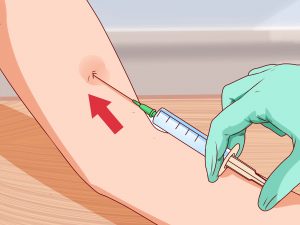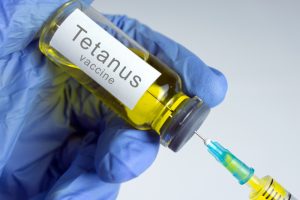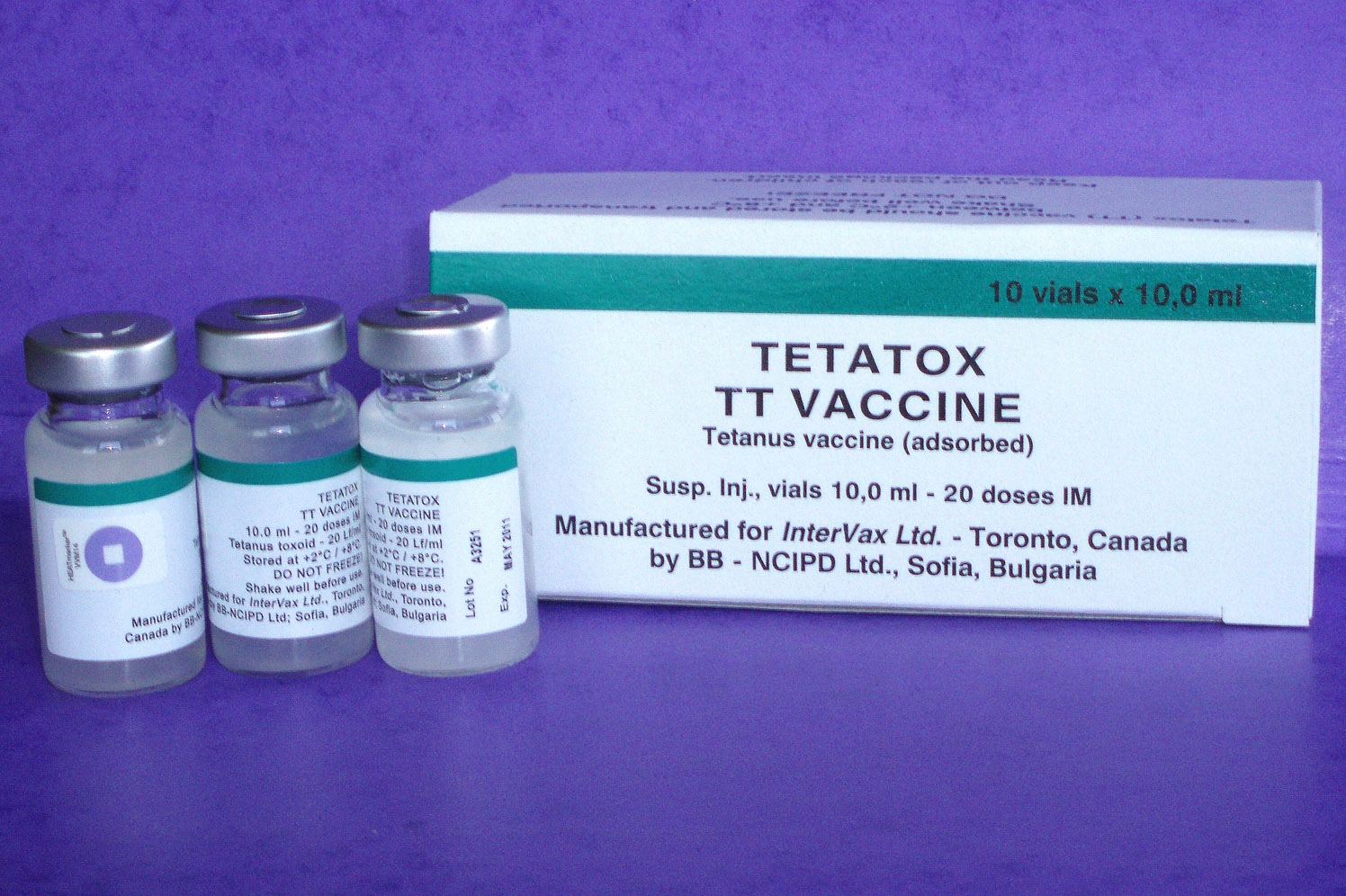“Tetanus is estimated to cause more than 200,000 deaths worldwide every year, mostly in newborns and young children, but the disease is so rarely reported that all numbers are only estimates,” says the MSD Medical Directory.
The widespread spread of this infection has not caused due alertness among the population for a long time. While mortality from tetanus reaches:
15-60% in untreated adults and
80-90% – in newborns, even after a course of treatment.
These frightening numbers, for the most part, are formed “at the expense” of the unvaccinated part of the population and, especially, pregnant women and newborns. The damaged surface of the uterus after childbirth and the not yet closed umbilical wound is an easy way of penetration of the Clostridial bacillus, which is present both in the environment and in the human intestine.
About the stick
Clostridium tetani belongs to the ubiquitous (ubiquitous) bacteria. The causative agent is “not picky” in choosing a place of residence and is a conditionally pathogenic inhabitant of the intestines of humans and most animals. Here it multiplies, normally without causing any harm to the host, and enters the soil and water with the host’s feces.
In the environment, Clostridia can survive for years, mostly in the form of spores. Bacteria do not like oxygen, so spores have become an effective way for them to wait out unfavorable conditions. The latter, in addition to oxygen, also include low humidity and temperatures below 4 degrees.
Clostridial spores have amazing resistance to all kinds of hardships:
withstand “heating” up to 90 degrees for two hours,
boiling – for 1-3 hours,
resistant to dry heat up to 150 degrees,
in sea water “survive” up to 6 months,
and in the soil for years.
However, the danger is not the bacterium itself, but its “poisonous” toxin.
About toxin
Tetanus exotoxin is one of the strongest bacterial poisons, second only to botulinum toxin in strength. However, this “poison” is rapidly destroyed by light, heating and in an alkaline environment (normal intestinal environment), and is also not absorbed through the mucous membrane, which makes it safe if swallowed.
It must be said that clostridia begin to produce toxin only when it gets on the damaged tissues of a living organism, which are “delimited” from oxygen. Such “favorable” conditions are created when:
deep (especially punctured) wounds of the skin and mucous membranes,
burns,
frostbite,
during childbirth,
when cutting the umbilical cord with a non-sterile instrument,
with gangrene, ulcers, bedsores and ulcers
and even deep splinters.
From here, tetanus toxin spreads along the motor fibers of the nervous system, reaching the brain.
About symptoms
The incubation period lasts from 2 to 50 days, and on average 5-10.
The disease manifests itself:
spasm of the chewing muscles and, as a result, immobility of the jaw,
spasm of facial muscles (motionless “smile” and raised eyebrows),
difficulty swallowing and sore throat
spasm of the muscles of the neck, back, abdomen, arms and legs,
as well as severe tonic convulsions, up to fractures, in some cases.
Unmotivated tension and spasm of these muscles, as well as the presence in the recent past of trauma to the skin or mucous membranes, allows suspecting tetanus.
About treatment and prevention
It is extremely important to start treatment at the first signs of the disease, and more effectively – immediately after injury.
The fact is that tetanus toxin literally “gets used” into the nerve fibers and it is not possible to destroy this formed connection. Toxoid, administered as a tetanus drug, is able to neutralize only the free toxin and is completely “helpless” in relation to the bound one.
For this reason, the death rate from tetanus is so high that it is second only to rabies and pneumonic plague. And before the period of vaccination, it represented a great medical and social problem.
With the advent of the vaccine, the situation has changed radically. Since the 80s of the last century, lethality has been reduced by 96%. However, the unvaccinated part of the population still remains in the “risk zone”.
About immunity
It is worth noting that after suffering tetanus https://en.wikipedia.org/wiki/Clostridium_tetani (if you are lucky to survive), immunity is not developed, which makes vaccination the only way of protection.



